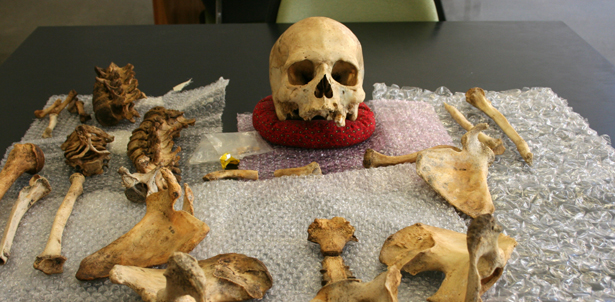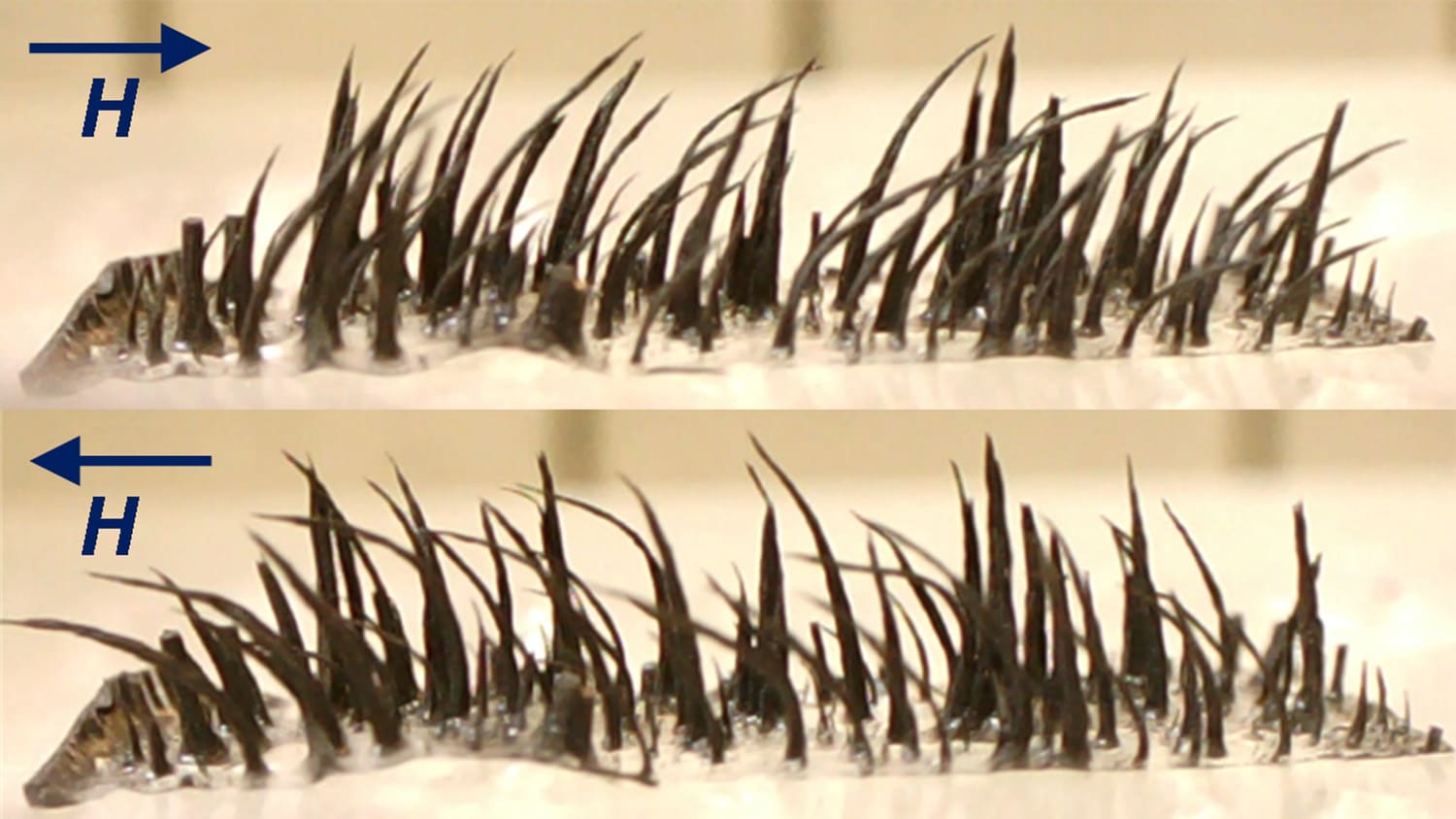Advances In Forensic Anthropology: Creating A Face

Note: This is the third of three posts outlining recent technological advances in forensic science, which were the focus of a workshop held earlier this month at NC State. The workshop, Advances In Forensic Anthropology, was funded by the National Institute of Justice (NIJ) and organized by the National Forensic Science Technology Center.
When trying to identify human remains, it helps to know what that person looked like. When investigators have only a skull to work with, that can be difficult. Researchers at the University of Tennessee are working on new technology that could be a huge advance in this area: utilizing computerized tomography (CT) scans of the skull to recreate what that person looked like when alive.
Traditional approaches for developing so-called “facial approximations” rely on sculptors using clay or artists using pencil and paper. The new approach takes CT scans of a skull and enters them into a computer program.
Users can then enter key variables into the program, such as body mass index (BMI), sex and ancestry, to get an approximation of the person’s appearance before death.
Being able to alter variables such as BMI allows forensic practitioners to develop multiple facial approximations reflecting different weights for the victim. This is important because it is often difficult, or impossible, to determine whether a person was heavyset or skinny based on skeletal remains (with some exceptions).
The CT scan-based facial approximation technology is under development by Mohamed Mahfouz and his research team at the University of Tennessee. Like the other technologies presented at the Advances In Forensic Anthropology workshop, the work is funded by NIJ. The overall goal of the workshop was to bring practicing forensic scientists up to speed on recent technologies, so they can be used in the field to assist in body identification, murder and missing persons investigations, and other legal and medical cases.
The first post in this series covered 3D-ID, a software program that gives forensic practitioners key demographic information about a body based purely on skull measurements. The second post focused on a national database of missing persons and unidentified remains.
- Categories:


